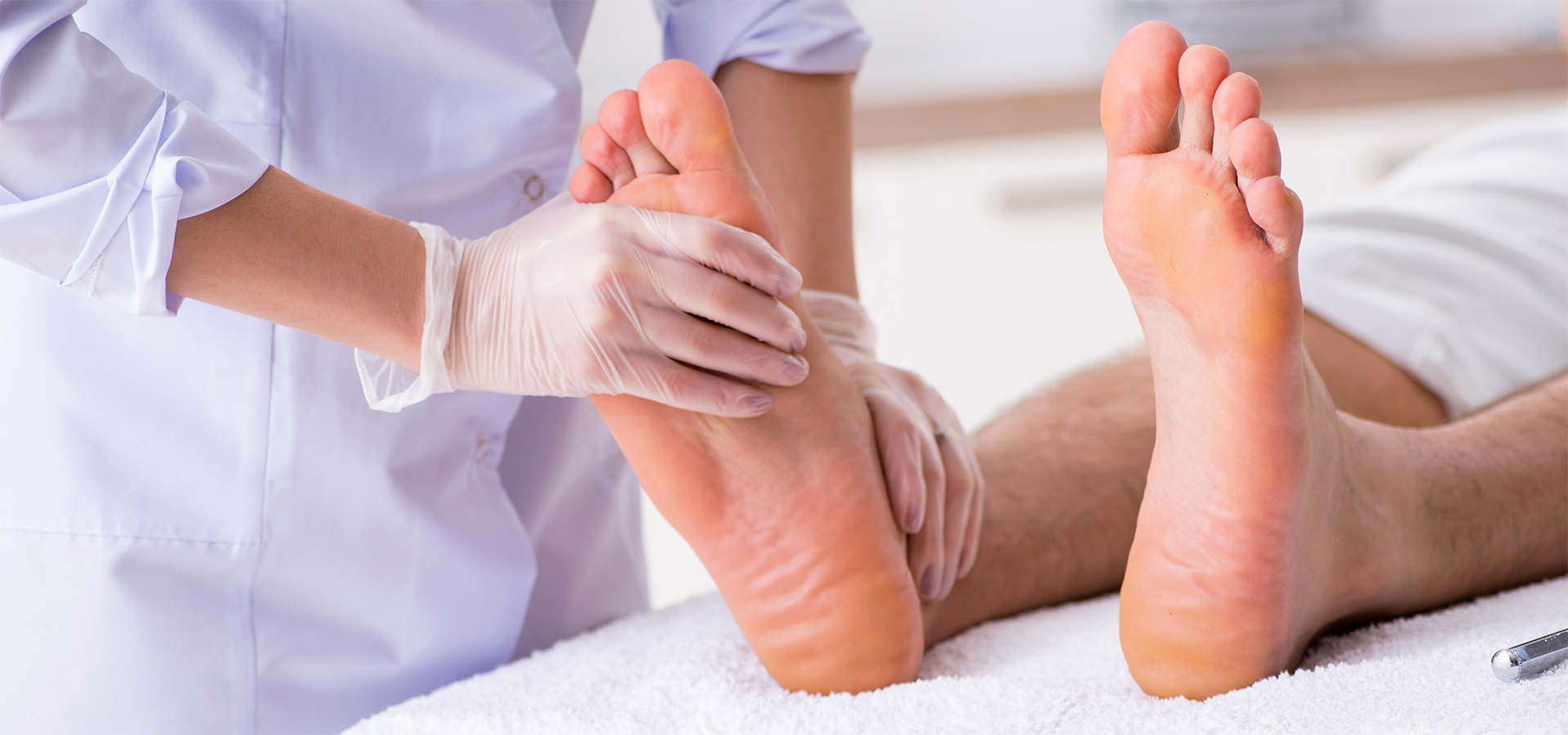
Enhance Foot Diagnostics with Advanced Plantar Pressure Mapping
For most people, it is easy to disregard the foot. It takes us from A to B, but we rarely consider how it works. Until that is, the foot starts to hurt.
For podiatrists, orthotists, and pedorthists, of course, it’s another matter. You eat, breathe, and sleep feet—in a figurative sense, hopefully—and understand the importance of every structure within them. You already know there’s a lot that can go wrong.
With 26 bones, 33 joints, and over a hundred muscles, the human foot presents a steep challenge when diagnosing and treating issues. In addition to the dozens of individual structures, they work together to create countless combinations that may result in complex pathologies.
This complexity makes it more challenging to achieve a variety of goals, including:
- Analyzing the patient’s movement and stance.
- Diagnosing the issue correctly.
- Creating the right treatment plan.
- Monitoring patient progress effectively.
- Recommending the proper footwear.
… and more. The good news is that the same solution can address the above problems. Welcome to the best plantar pressure measurement system available today: XSENSOR Intelligent Insoles | Clinical.
Let’s look at diagnostic challenges, the benefits of accurate plantar pressure mapping, and how to achieve them.
Diagnostic Challenges of Addressing Foot Issues
If you work in a podiatry clinic, you’re likely familiar with the many diagnostic challenges preventing you from creating the confident clinical practice you seek.
Some of these challenges stem from equipment. Much of the clinic equipment today provides some, but not all, of the data you need. It is limited to what a camera can capture or what a simple force plate can measure but lacks the nuance to understand what’s happening on the sole. Without accurate readings of pressure distribution at rest and while in motion, you are hamstrung.
Other challenges stem from software. Many software systems must wirelessly attach to the hardware, making it impossible for you to conduct tests on a full range of motion. Some software doesn’t work well with your hardware or isn’t powerful enough to paint the whole picture.
Still, more challenges arise with the obsolescence of the systems you use. Even those that operate well and give you the data you need may become obsolete quickly or require continuous recalibration, slowing down your workflow and limiting the number of patients you can see daily. Either way, it’s not optimal.
That’s where a plantar pressure measurement system comes in.
Comprehensive Plantar Pressure Mapping FTW
Plantar pressure mapping to diagnose and treat foot issues is not new. As of 2012, research papers opined that “a wireless foot plantar pressure system is proposed suitable for measuring high-pressure distributions under the foot with high accuracy and reliability.”
However, many plantar pressure measurement system options currently available are limited in several ways. As discussed above, they may become antiquated too quickly, require lots of recalibration and long set-up time, limit patient movement, or take blunt readings lacking refinement.
If you want a thorough gait analysis picture to understand walking, running, performance, and clinical treatment, you need a system that measures plantar pressure with incredibly high accuracy. That accuracy means:
- Up to 150 frames per second.
- Hundreds of different points embedded in a sensor array.
- Wireless technology that releases the patient from a confined area.
- AI-powered software capable of creating highly detailed 3D visualizations.
- Spatial and temporal capability, so you can see what’s happening over time.
- Robustness and durability to avoid recalibration.
- High precision to avoid rework.
With these factors, you can more accurately diagnose patient foot issues.
Benefits of the Right Plantar Pressure Measurement System
You will see several advantages with a combination hardware-software system that addresses previous gaps in your data.
First and foremost, your patients will benefit from a high degree of precision in gait analysis, whether dealing with a degenerative disease or recovering from an injury. The same holds true from standing to walking to running, pivoting to weight bearing.
Second, monitoring plantar pressure leads to a wide degree of useful biomechanical information that the human eye—and even cameras—cannot capture. From the moment the foot lifts off the ground to the heel strike, you can create an incredibly precise picture of movement in space and through time.
Third, you can use such systems anywhere since patients aren’t restricted to one place. This mobility provides a much more subtle picture of the issue. When using such technologies, your assessment and diagnosis become much more subtle and, therefore, more reliable.
This subtlety leads to additional benefits for your clinic, including:
- A faster workflow
- Happier patients
- A better reputation
- More qualified applicants for jobs
- Higher profits
It is hard to overstate the benefits of finding the right plantar pressure measurement system to complement your existing workflow.
The XSENSOR Advantage
To see these benefits, you need a plantar pressure measurement system that is both highly sensitive and durable. That goes for the gait and motion insoles, walkways, and stance pads. That's precisely what you get with the XSENSOR’s Intelligent Dynamic Sensing platform.
With market-leading sensor resolution and sampling frequency, you can feel confident in getting the most accurate data possible and making diagnoses that lead to better patient outcomes. With wireless technology, you can run tests wherever you and your patients go, trusting your equipment's durability to stand the test of time.
If you’re ready to learn more about the plantar pressure measurement system that works, fills in your data gaps, and leads to better patient outcomes, then you’re prepared for XSENSOR. Sign up for a demo today.

